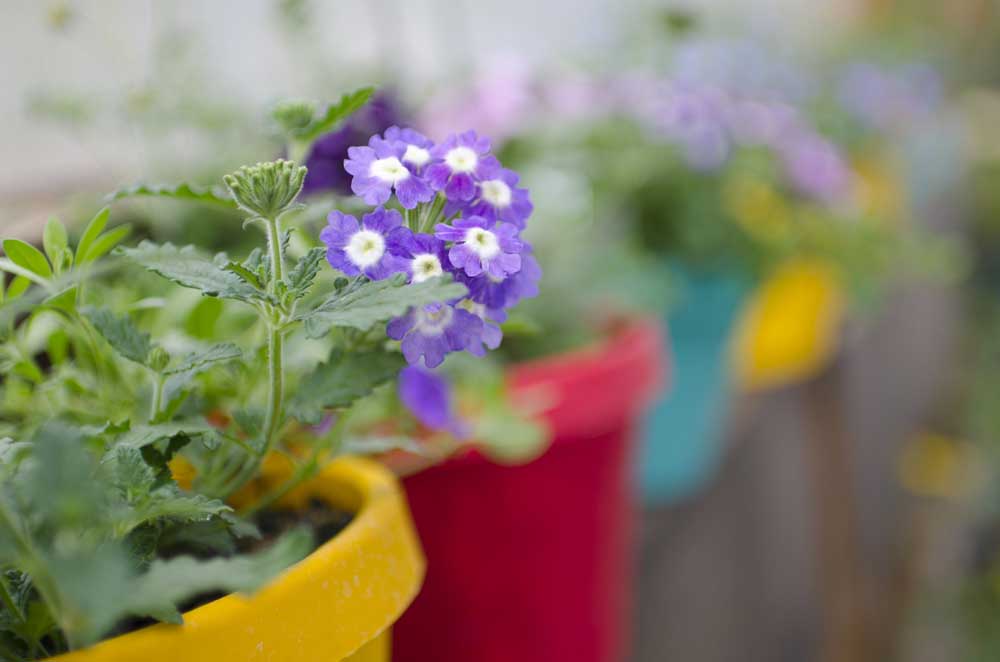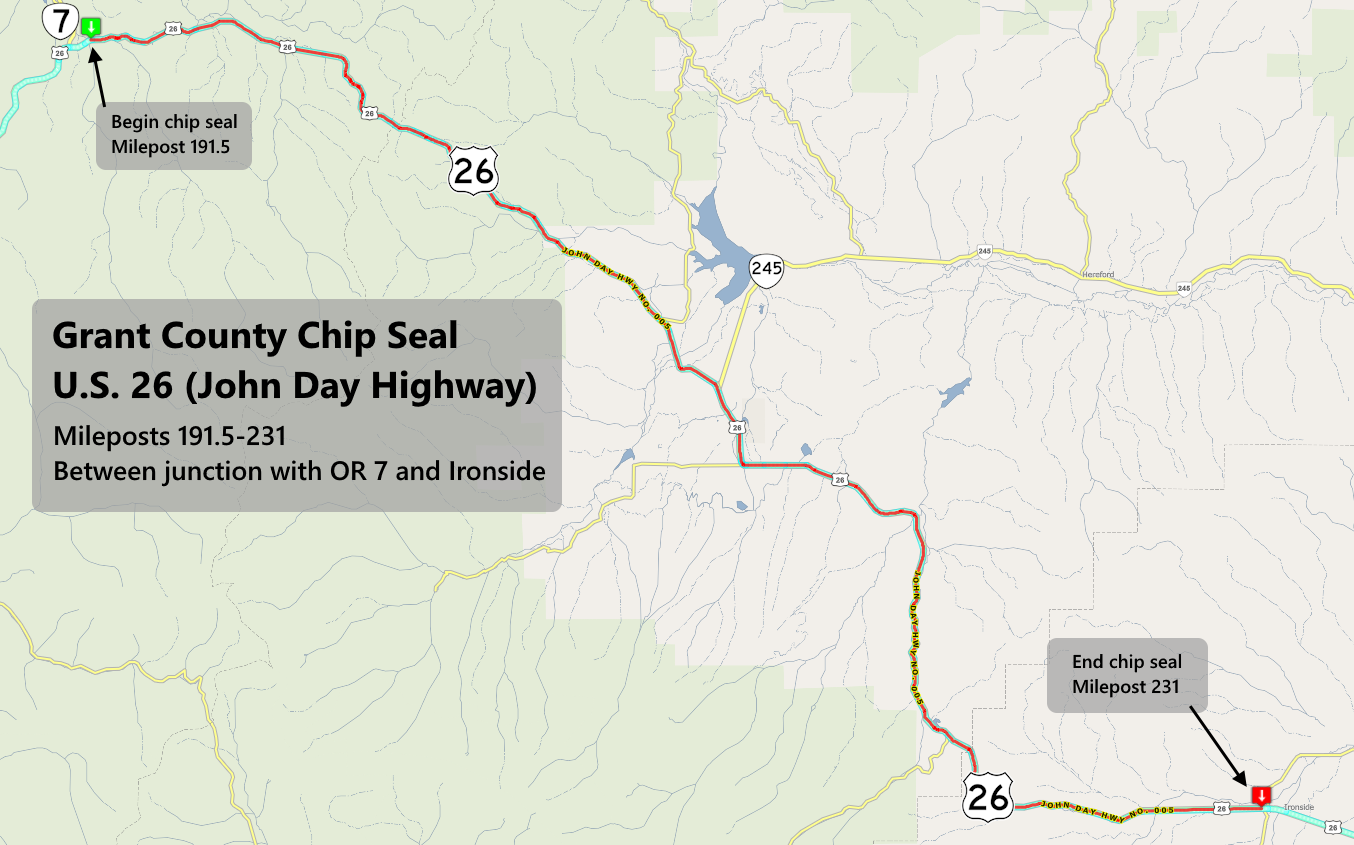Tips for a sturdier garden
Published 12:38 pm Tuesday, May 30, 2017

- A trixi nightfall at Better Blooms outside of Prairie City.
Building a resilient garden takes time and requires addressing a number of factors.
One of the biggest things people ask Julia Justice of Better Blooms & Gardens about is a deer-resistant garden.
“That’s the main thing people want to know, what deer don’t mess with,” she said.
As browsers, deer will eat just about anything, but Justice said there are some things they’ll skim over if they have a choice.
Plants like the potentilla and barberry shrub are fairly safe bets, according to Justice. Deer will sometimes eat the new growth on them, but the barberry’s thorns will often shield it from the worst of the munching.
Strong-smelling plants like lavender, salvia and catmint are usually a turn off for the ungulates as well. Ornamental bunch grasses, to Justice’s bewilderment, also seem to be a fairly safe bet. However, she said there are only deer-resistant plants, not deer-proof plants.
Another big issue is choosing plants that will handle the elements. Everything Justice carries at Better Blooms is capable of surviving the local weather.
“I’m not going to get anything in that doesn’t over-winter,” she said.
She has customers coming in from Spray to Seneca and carries a wide variety of plants suited to different conditions.
“I have stuff that can work in Seneca, and everything is happy to go to Spray where you’ve got a long growing season,” she said.
However, even the hardiest plants will have a tough time growing in poor soil.
One of the biggest issues in the area, Justice said, is clay soil.
If roots sit in water trapped by clay, they can rot and kill the plant, she said. One way to test for clay is to fill a hole for a plant with water and watch how quickly the water drains. If water drains slowly, you may have clay issues.
“Not too many plants are going to do well in clay,” she said.
If you have a soil heavy in clay, she recommends adding bark or sand to break up the clay and build up a mound of soil where you want to plant so roots aren’t sitting in water.
She also sells a sandy loam soil mix she recommends as a starting topsoil. However, she advocates for constantly replenishing nutrients in the soil with compost.
“What you take out of soil you need to put back into it,” she said.






